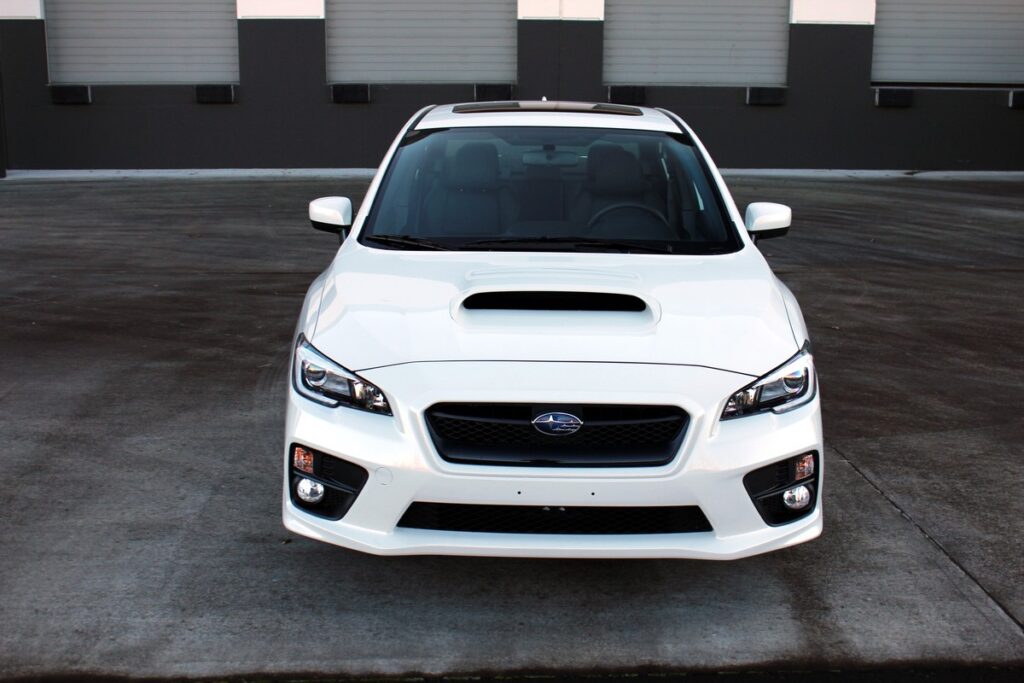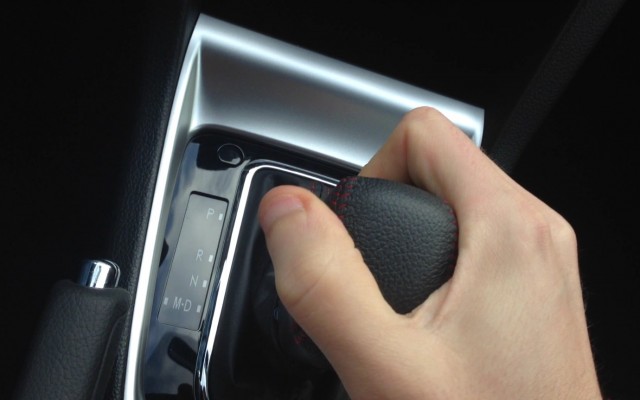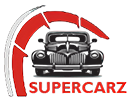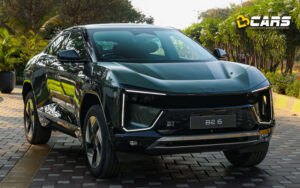
DON’T MISS: The Secret World Of License plat Tracking (Yes, It’s As Shady As You Think)
CVTs tend to be appealing in theory, as they permit infinitely many ratios within a range, allowing engines to be held at the revs where they’re most powerful or economical when accelerating. They’re tempting to automakers as they offer some real advantages in performance and fuel economy numbers. But in execution they can exaggerate noise and vibration issues, and interfere with traditional sensations of sportiness and speed.
Subaru’s CVT is one of the best we’ve driven, and perhaps the best we’ve experienced in a performance-oriented car. And much of it is due to programming and controls—and a strategy that doesn’t surge and ‘motorboat’ but instead feels comfortable when you need it to be, while adding back in some of the benefits of having gears.
ALSO READ: Oldest Drivers Are Driving More–And Driving Medicated More–Than Ever

2015 Subaru WRX – Driven
Even considering all that, now that we’ve driven WRX models with both of these transmissions, both at early drive events and then on familiar roads, for us it’s still a no-brainer. Like most driving enthusiasts, we’d choose the manual car, with its nice precise linkage and rather light clutch pedal.
But part of what makes this car so appealing is that with the right set of tires it can just as easily be a four-seasons winter-weather champ. And there are probably plenty of people who want a 268-hp turbocharged, all-wheel-drive sedan that’s quick yet great for the year-round commute.
If you’re still unsure which transmission to choose, click on and take a look at our list of three crucial pros and cons for each.

2015 Subaru WRX – shift lever with CVT
Here are three good reasons to choose the CVT:
Fakes an eight-speed automatic pretty well. Anyone who gets into the 2015 Subaru WRX can’t afford to miss the steering-wheel buttons that toggle between Intelligent (I), Sport (S), and Sport Sharp (S#). While those modes make some difference to accelerator sensitivity (and how quickly the turbo spools up) whether you get the manual or the CVT, the latter is where they bring a full-on personality change. As well as ’S’ works on the road, it’s a ‘point and shoot’ mode, as we see it, and if you want predictable reproducible behavior for the track or mountain roads, you should click over to S#. Shifts are a little slurred in the lower gears, if you want a quick shift for a hairpin, but as you get into the upper gears it’s downright snappy and could be mistaken for an eight-speed automatic.
READ: Pay-Per-Mile Road Taxes Coming To A State Near You?

2015 Subaru WRX – drive mode buttons
Less driveline noise than the manual. We’ve now spent time in manual and CVT versions on some of the same stretches of road and, as in a number of other models that offer a choice between a manual and a CVT (like the Honda Fit, for example), we’ve noticed considerably more noise in the manual vehicle. While some of that might be road noise, there’s definitely less of a direct attachment from the shift knob to the rotating pieces in the transmission, and that keeps CVTs quieter. One other factor is likely that Subaru uses a different all-wheel drive system—one that sends an equal power split to the front and rear wheels through a viscous coupling, while CVT versions have a system using electronically controlled clutches.

2015 Subaru WRX
And here are three other good reasons to choose the manual gearbox in the WRX:
Better car control. If you’ve driven a car with a manual transmission—and you know how to drive it—you understand that you’re simply more in touch with the engine and the road. You’re not as detached from the experience, and because of that you might be able to react faster when it matters. With the new-generation, direct-injection turbocharged engine in the 2015 WRX, you don’t need to worry as much about keeping the revs up (as you would in the STI, for instance), but the WRX feels more vivid with the manual—in part because you have the revs exactly where you need them for what happens next. Throws are relatively short and precise, and the clutch pedal is light, so you don’t have to worry as much about fatigue in traffic.
CHECK OUT: 2014 Ford Transit Connect Wagon: First Drive
Stronger launches. If there’s one weak point of CVTs—even the impressive, high-torque Lineartronic unit in the WRX—it’s that launches aren’t all that consistent. Furthermore, the lowest ratio offered in this system is still a bit too tall for this vehicle to come to life the way it should from a standing start. Manual transmissions let you be in control, revving the engine into what zone is best for the conditions, and ‘dumping’ the clutch at the right rate. It takes more experience and driver skill, for sure, but in the manual WRX it makes you feel like a rock star when you do it right.
Engine braking. It’s a common complaint with most automatic transmissions, and those of all types. We felt that, for a performance car, the WRX could use more engine braking, even in Sport Sharp (S#) mode and in one of the lowest gears available. The engine might be humming, but the CVT version feels as if it’s gliding along too easily—even if you pull the left paddle once or twice. In the manual, if you downshift, the car slows down in a more straightforward way.
___________________________________________



